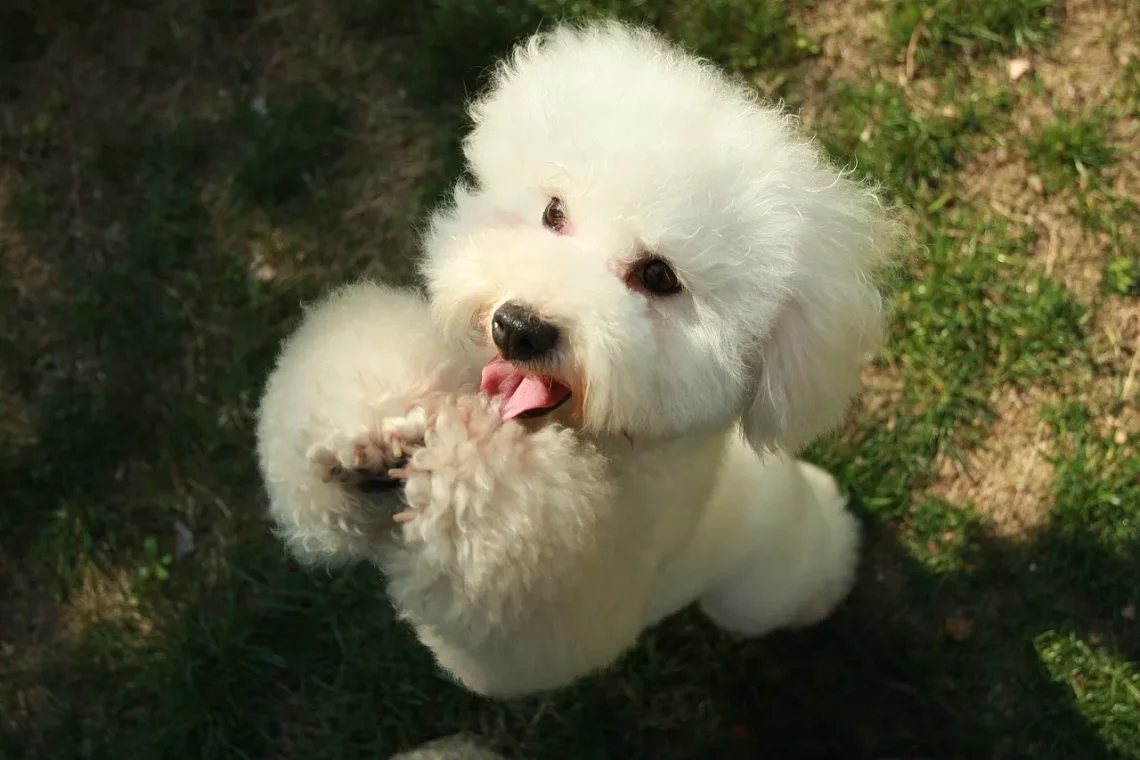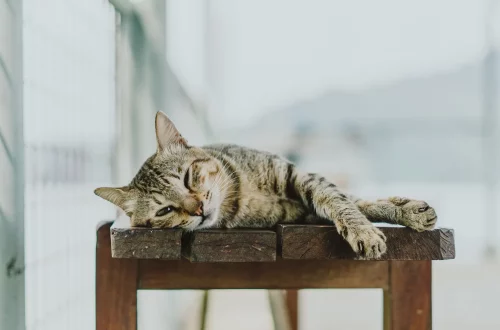
Understanding the Unique Characteristics of a Poodle Tail
Understanding the Unique Characteristics of a Poodle Tail
Poodles are one of the most recognizable dog breeds in the world, known for their intelligence, elegance, and unique appearance. Among their many distinctive features, the tail of a poodle stands out as an interesting subject of discussion. The poodle tail is not just a simple appendage; it serves various functional and aesthetic purposes that contribute to the breed’s overall charm and personality.
Historically, poodles were developed as water retrievers, and their physical attributes reflect their purpose. The tail, in particular, has evolved alongside the breed, showcasing not only the traits desired by breeders but also the practical needs of the dog. As we delve deeper into the characteristics of a poodle tail, we will discover its various forms, the grooming practices associated with it, and its role in communication. Each aspect plays an important role in understanding how the poodle tail contributes to the breed’s identity.
In this exploration, we will also touch on the significance of the poodle’s tail in the context of overall breed standards and what potential poodle owners should keep in mind when considering this delightful breed. The tail of a poodle, with its unique characteristics, is a reflection of the dog’s personality and can significantly influence the bond between the dog and its owner.
The Physical Characteristics of a Poodle Tail
The poodle tail is characterized by its elegant shape and varying lengths, which can differ depending on the specific type of poodle—Standard, Miniature, or Toy. Typically, a poodle’s tail is set high and can be docked or left long, depending on breeding practices and personal preferences.
In many countries, tail docking is a common practice among breeders. The reason behind this practice stems from the breed’s historical use as a water retriever. Docking was believed to help prevent injuries while swimming. However, this practice has become controversial in recent years, with many arguing that it is unnecessary and can be considered inhumane. In places where docking is legal, you may find poodles with tails that are significantly shorter than their naturally long counterparts.
A fully developed poodle tail is thick at the base and tapers to a point. The fur on the tail is typically just as curly as the rest of the coat, giving it a fluffy appearance. This curly coat not only adds to the breed’s aesthetic appeal but also serves a practical purpose. The curls help to repel water, keeping the tail dry during wet activities, which is particularly beneficial for a breed originally intended for water retrieval.
Additionally, the tail of a poodle is quite expressive. Dogs use their tails to communicate a variety of emotions and intentions. A wagging tail often indicates excitement or happiness, while a low-hanging tail can signify anxiety or submission. Observing how a poodle holds its tail can provide valuable insights into its mood and well-being.
The Role of Grooming in Maintaining a Poodle’s Tail
Grooming is an essential aspect of poodle care, and the tail is no exception. The unique curly fur of a poodle requires regular maintenance to prevent matting and to keep it looking its best. Regular brushing is key to maintaining the health of the tail and ensuring that it remains free from tangles and knots.
Most poodle owners find it beneficial to establish a grooming routine that includes brushing several times a week. During this grooming session, it is important to pay special attention to the tail, as it is often an area that can become neglected. Using a quality grooming brush designed for curly coats can make the process easier and more effective.
Bathing is another crucial part of maintaining a poodle’s tail. Regular baths help to keep the coat clean and free from dirt and debris. However, it is essential to use a gentle, dog-specific shampoo to avoid drying out the skin and coat. After bathing, it is important to thoroughly dry the tail to prevent any moisture-related issues.
Trimming the tail is also a common grooming practice. Many poodle owners choose to have their dog’s tail trimmed to a manageable length, especially if they prefer a neater appearance. Professional groomers often have specific styles they can offer, allowing owners to choose a look that fits their preferences.
Ultimately, proper grooming of the tail not only contributes to the dog’s appearance but also plays a significant role in their overall health. A well-groomed tail is less likely to suffer from skin irritations, infections, or discomfort, making it an integral part of responsible poodle ownership.
The Tail as a Communication Tool
A poodle’s tail is more than just a physical characteristic; it serves as an essential tool for communication. Dogs express their emotions and intentions through their body language, and the tail is a significant part of this non-verbal communication.
When a poodle is happy or excited, you will often see its tail wagging vigorously. This motion can indicate a friendly demeanor, signaling to other dogs and humans that they are approachable. Conversely, a tail held low or tucked between the legs may suggest submission or fear. Understanding these signals is crucial for poodle owners and anyone interacting with the breed.
Additionally, the speed and direction of the tail wag can convey various emotions. A slow wag may indicate uncertainty or hesitation, while a rapid wag often signifies joy or eagerness. Observing a poodle’s tail in conjunction with other body language cues—such as ear position and facial expressions—can provide further insights into what the dog is feeling.
Moreover, the poodle’s tail can serve as a tool for social interaction with other dogs. In dog parks or during playdates, a wagging tail can invite other dogs to engage, while a stiffly held tail may signal that the dog feels threatened or is asserting dominance.
For potential poodle owners, understanding the nuances of tail communication is vital. It allows for better interactions with your dog and other animals, fostering a harmonious environment. By paying attention to these signals, owners can respond appropriately to their poodle’s needs and emotions.
The Cultural Significance of Poodle Tails
The cultural perception of poodles and their tails varies widely across different regions and communities. In some cultures, poodles are seen as symbols of elegance and sophistication, often associated with high society. Their unique tails, especially when styled in particular ways, can enhance this image, making them popular pets in upscale environments.
In dog shows, the appearance of a poodle’s tail can significantly impact its overall score. Judges often look for well-groomed tails that complement the dog’s overall structure and movement. A poodle with a well-carried tail can appear more balanced and graceful, further emphasizing the breed’s aesthetic appeal.
However, the cultural significance of poodle tails extends beyond beauty standards. In some communities, poodles are trained to perform tricks or participate in dog sports, and their tails play a role in these activities. A well-held tail can indicate a confident and well-trained dog, making it an essential aspect of training and performance.
Additionally, the way a poodle’s tail is styled can reflect the owner’s personality and preferences. Some owners may opt for more traditional cuts, while others may choose playful styles that showcase their dog’s unique character. This diversity in tail styling contributes to the overall charm of the breed, allowing for personal expression while celebrating the poodle’s distinctive attributes.
In conclusion, the tail of a poodle is a remarkable feature that encompasses various physical, grooming, communicative, and cultural aspects. Understanding its unique characteristics not only enhances the appreciation of this beloved breed but also helps foster a deeper bond between poodles and their owners.
**Disclaimer:** This article is not intended as medical advice. For any health-related concerns or questions regarding your pet, please consult with a qualified veterinarian.




